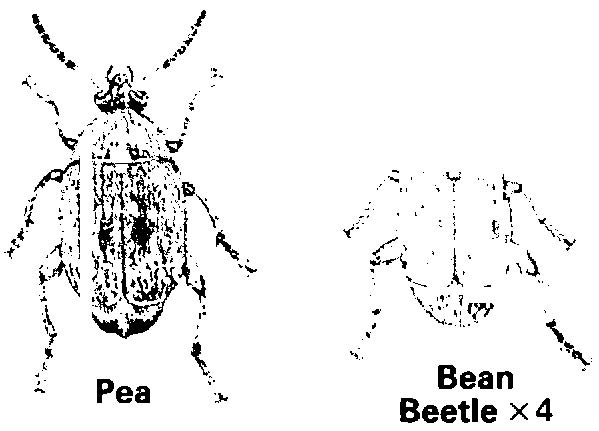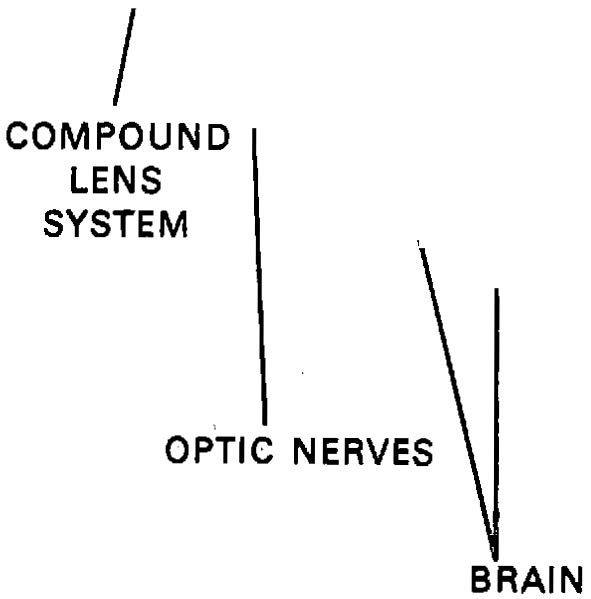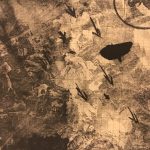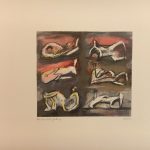After meeting the children, I considered what poem or type of artwork I would like to work on. Initially I was drawn to the abstract artwork poems, as I knew that children would really think outside the box and write imaginative poems about them. Many adults fear abstract art as they feel they will never understand it and therefore fear that it will make them look uncultured or uneducated. Whereas, children don’t have these imposed fears on them, instead they want to impress their peers by coming up with wild thoughts about them.
I enjoyed talking to Rhys, he wrote a poem on the painting Three Pomegranates. This particular painting is comprised of three black shapes which from the title are pomegranates. However, Rhys’ reading of the painting is humorous, imaginative and I think more interesting than the painting itself.
Below is the poem and my initial thoughts on what I could visually communicate through animation.
Rhys’ Poem
This is three pomegranates
But I don’t really agree
For in these 3 pomegranates
There’s a bit more to see
I enjoy how straight-forward Rhys is in this first verse. He quickly tells the audience that despite the artist naming the black shapes as pomegranates they could be many other things. In this verse I see swirling shapes culminating into what Rhys really thinks the painting is. The phrase “There’s a bit more to see” makes me think of the camera panning in deeper to the swirling shapes to represent looking deeper.
Maybe they’re black holes
Circulating and expanding?
Moving towards us
Soon enough they’ll be landing!
This next bit is one of my favourites, as the black shapes encircle the animation they get bigger and bigger until they transform into UFOs ready to land on the page, their lights beaming down.
Or maybe they’re blueberries
On a pure white table
Ready to be eaten,
Or maybe they’re in a fable?
I have a clear picture of this one in my mind, I want to use actual blueberries and use a stop animation of them being smashed one by one on a table cloth. The next bit “Maybe they’re in a fable?” relates to the next verse, I’m thinking that I could animate the table cloth being folded into a book shape and then written in like one. I could show drops of ink on the page.
It could be giant’s work
Testing his pen on a page
Writing a ___________________
___________________________
____________________________
____________________________
____________________________________
_____________________________________
This verse is unfinished however, I think it will be a good one. I love the thought of designing the giant character, showing him in his castle with feather and ink ready to write.
This is the”Three Pomegratates”
But I don’t really agree
For now you know
That there’s a lot more to see.
In the last verse I see the camera panning back out and leaving the pomegranates and coming back to a child’s face wrinkling his nose in an art gallery looking at the painting.
























